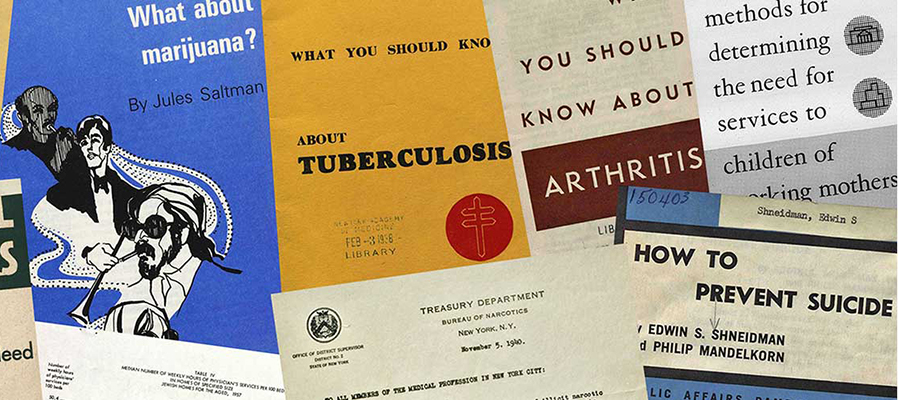| By Gale Staff |
The New York Academy of Medicine Library is home to one of the most significant historical libraries in medicine and public health in the world, safeguarding the heritage of medicine to inform the future of health. Their goal: to provide patrons with access to “closed” materials in ways they too can explore.
Recently, they partnered with Gale to digitize materials for two projects:Public Health in Modern America, 1890–1970launched in June 2019 andArchives of Sexuality & Gender, Part III: Sex and Sexuality, Sixteenth to Twentieth Centurieslaunched in February 2019. The library contributed archival collections and rare and historical materials for each project, providing users with access to major primary sources.
Public Health in Modern Americaincludes:
- The Committee on Public Health of the New York Academy of Medicine—a collection of correspondence, reports, minutes, and documents on the significant work of the committee with New York’s health department and leading figures in public health. It is a collection about the New York Academy’s contribution and role in public health at the time.
- Library of Social and Economic Aspects of Medicine of Michael M. Davis—a collection of the work of Dr. Davis in the early twentieth century, covering topics such as health care, medical economics, social security, legislation, and more.
- Selected Public Health Pamphlets—over 2,200 pamphlets on various aspects of public health from the late nineteenth century to the mid-twentieth century.
Learn more aboutPublic Health in Modern America, 1890–1970>>
Archives of Sexuality & Genderincludes:
- Monographs—over 1,500 monographs on a variety of topics dealing with sex, sexuality, and gender.
- Mary Ware Dennett Case Collection—an archival collection of the court case against Dennett for writing “The Sex Side of Life,” a pamphlet about sex for young people.
- Correspondence between Eugen Steinach and Harry Benjamin—a collection of over 40 years of correspondence about rejuvenation, including letters, postcards, diagrams, and photographs.
Learn more aboutArchives of Sexuality & Gender, Part III>>
Together, these two products represent significant digitization, making rare and unique materials available.Read the full articleto see the digitization process and learn how researchers are using the archives >>

